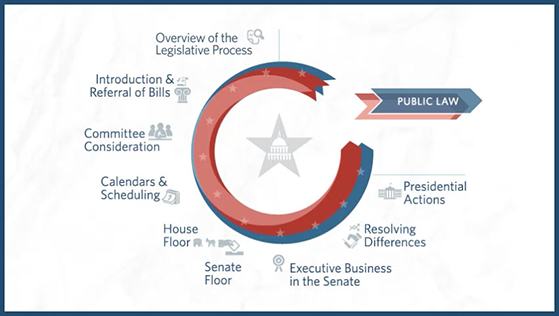As Canada prepares to celebrate Canada Day, the promise of interprovincial trade freedom is threatened by the stark reality of ongoing barriers that cost the economy an estimated $200 billion annually. Federal and provincial leaders, led by Liberal Leader Mark Carney, have engaged in a series of discussions and legislative actions aimed at dismantling these barriers. However, the convoluted political landscape reveals a complex tapestry of red tape that is far from being unraveled.
Political Rhetoric vs. Reality
During the spring election campaign, Carney boldly declared his intention to "eliminate" interprovincial trade barriers and achieve free trade by Canada Day. Yet, as the deadline approaches, it has become apparent that these declarations are more aspirational than actionable. The omnibus Bill C-5, which was touted as a cornerstone of this initiative, has been passed into law, but its implementation remains nebulous.
According to the World Factbook, Canada has long grappled with internal trade hurdles. A significant portion of the barriers stems not merely from federal regulations but from provincial policies, which complicate the prospect of achieving a seamless internal market.
Misleading Legislative Changes
While Bill C-5 streamlines some federal regulations, it does not address the myriad of provincial restrictions that impact trade. For instance, Canada’s supply management system for dairy products remains a significant hurdle, as do Quebec’s language requirements. The implications of these restrictions are profound, particularly for small businesses and entrepreneurs striving to navigate this patchwork of regulations.
Ryan Manucha, an internal trade expert, emphasized that this legislation is merely a starting point and not a panacea. “If any of this was easy, it would have been done,” he stated, reflecting the skepticism surrounding Carney"s ambitious promises. The complexities inherent in interprovincial trade mean that significant changes require sustained effort and cooperation from all levels of government.
\n\n
The Legislative Process: Overview (Video) | Congress.gov ...
Provincial Authority Complicates Progress
It is crucial to acknowledge that the provinces hold the primary authority over trade regulations, which significantly limits the federal government’s ability to enact sweeping changes. Carney"s government has signaled that they will eliminate federal barriers, but the provinces remain resistant to relinquishing their own controls. This discrepancy raises questions about the effectiveness of the proposed quid pro quo arrangement, where provinces would agree to eliminate their barriers in exchange for federal regulatory streamlining.
According to McMillan Vantage, the new law fails to provide a clear path toward the total elimination of trade barriers. As it stands, many industries are left to grapple with the ambiguity of what the law will ultimately achieve.
Consequences for Canadian Businesses
The potential economic impact of these trade barriers cannot be overstated. With a staggering $200 billion in lost economic activity annually, the urgency of addressing these issues becomes clear. The lack of a comprehensive list of existing barriers complicates matters further, leaving businesses uncertain about the regulatory landscape they must navigate. Some lobbying groups have even reported that they lack a complete understanding of the barriers facing their sectors.
The situation is exacerbated by inconsistent provincial regulations, such as differing turnaround times for credential recognition that can range from 10 to 30 days. This inconsistency begs the question: can these discrepancies even be classified as trade barriers? The ambiguity surrounding definitions of trade barriers illustrates the need for a more standardized approach to internal trade.
\n\n
Happy"s Fourth of July - American Villainous by HidekiRider07, visual art
Next Steps for Internal Trade Minister
As reported by CBC, Internal Trade Minister Chrystia Freeland is set to meet with provincial counterparts to discuss the next steps in this ongoing saga. A key area of focus will be the conflicting regulations governing interprovincial trucking, which remain a significant obstacle for businesses attempting to operate seamlessly across Canada. The complexities of these regulations echo the broader challenges facing Canada as it seeks to modernize its internal trade framework.
Despite the hopeful rhetoric surrounding these legislative changes, the reality is that the path to true interprovincial trade freedom is fraught with challenges. Until provincial governments are willing to engage in meaningful discussions and dismantle their own barriers, the dream of a unified Canadian market will remain just that—a dream.






![[Video] Ukrainian An-124 Cargo Plane Lands in Israel for Unspecified Load](/_next/image?url=%2Fapi%2Fimage%2Fthumbnails%2Fthumbnail-1764420658156-36b0b4-thumbnail.jpg&w=3840&q=75)
![[Video] Ukrainian Sea Baby Drones Disable Two Russian Tankers in Black Sea](/_next/image?url=%2Fapi%2Fimage%2Fthumbnails%2Fthumbnail-1764420086294-elzana-thumbnail.jpg&w=3840&q=75)
